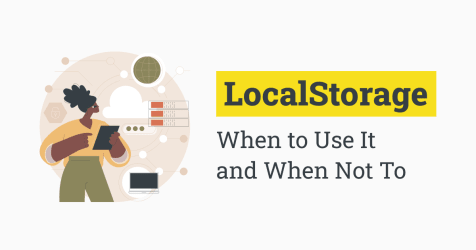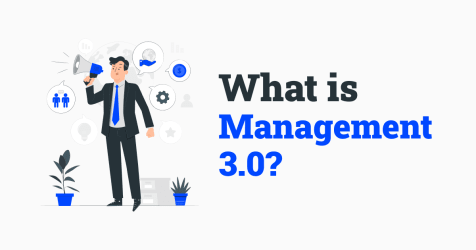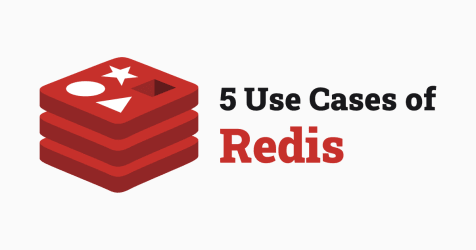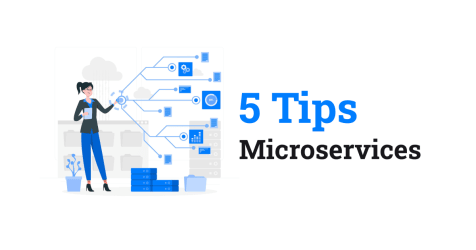Unlock Scalability: Master CQRS for Cutting-Edge Software!
CQRS, or Command Query Responsibility Segregation, is a software architecture design pattern that separates read and write operations in a data system. It is based on the principle that commands (which modify data) should be separated from queries (which read data), thus allowing for specific optimizations and better scalability.

What does this mean in a real project?
Imagine you are working on an e-commerce system, in this system you have operations like:
- Reading: Viewing and searching for products.
- Writing: Creating purchase orders and updating inventory.
You could apply CQRS in this way:
- A user places an order, and the command service processes this order and updates the database.
- An “OrderCreated” event is published through the message broker.
- Various query services that are subscribed to these events receive “OrderCreated” and update their materialized views of data, such as the amount of inventory available shown to other users.
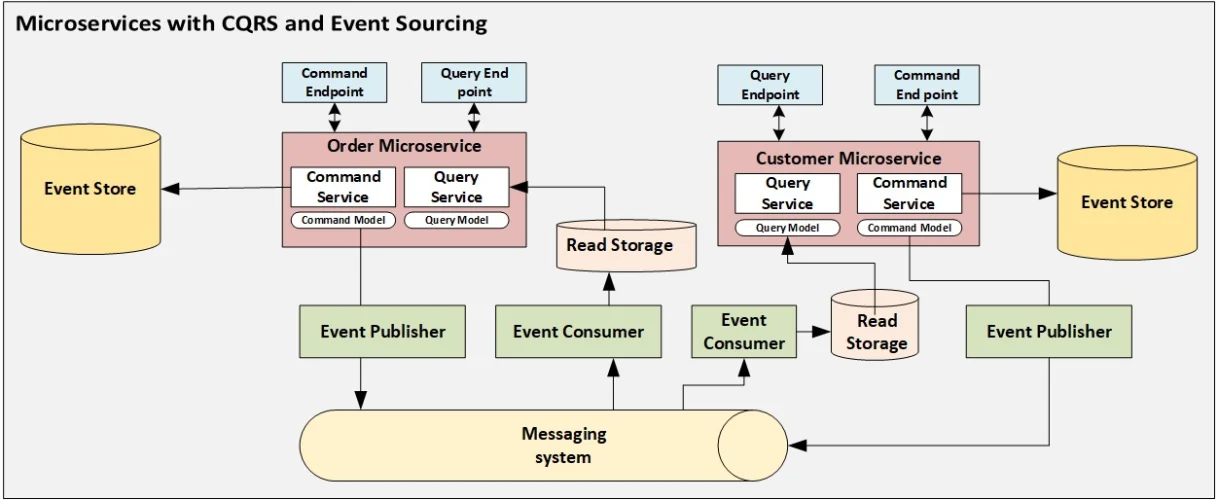
- Message Broker: This is software that acts as an intermediary, receiving and sending messages within a distributed system.
- Materialized Views: These are pre-calculated data often used to speed up the reading task.
Pros and Cons of Implementing CQRS
Pros of CQRS:
- Improved Scalability: By separating reading and writing concerns, each side can be optimized and scaled independently according to usage demands.
- Flexibility in Technology Choice: Allows for the use of different storage technologies and data models for reading and writing operations, taking advantage of the best of each according to the needs.
- Improved Performance: By decongesting writing operations from reading ones, a better performance can be achieved in both.
- Ease of Maintenance and Debugging: Having a clear separation of responsibilities makes it easier to track problems and perform maintenance.
Cons of CQRS:
- Increased Complexity: Implementing CQRS can increase the complexity of design and code, which can be a barrier especially in small or less experienced teams.
- Development Cost: Fully separating reading and writing operations may involve duplication of some efforts and data structures, increasing development and maintenance costs.
- Risk of Outdated Data: In scenarios of eventual consistency, there is a risk that users might see data that is not completely up to date, which can be critical depending on the application domain.
- Challenges in Transaction Management: Managing transactions that span both reading and writing operations can be more complex in a segregated environment.
Should I Always Use CQRS?
At first glance, it might seem greatly advantageous to always have CQRS in all your projects, but the truth is that you will rarely need it. Dividing both reading and writing complicates the code a lot, automatically introducing the problem of “eventual consistency” which in some scenarios is not permissible.
How to Get the Most Out of CQRS?
If you are going to implement CQRS in your project, it is best to choose the technologies you will use wisely. Although thanks to this pattern, decoupling and migrating technologies becomes simpler, it is always best to analyze and make decisions at early stages of the project. Using NOSQL databases for reading tasks and more strict databases for writing is a good first step. Then you can continue analyzing and finding that for each case there are better languages or frameworks.
Conclusion
The CQRS design pattern allows a very flexible and robust separation between command and query operations, to the point of being able to use different programming languages, databases, and servers for each side of the system. This flexibility makes CQRS an attractive option for complex and large-scale systems, where differences in reading and writing workloads are significant and where modularity and flexibility are crucial for long-term maintenance and scalability.
